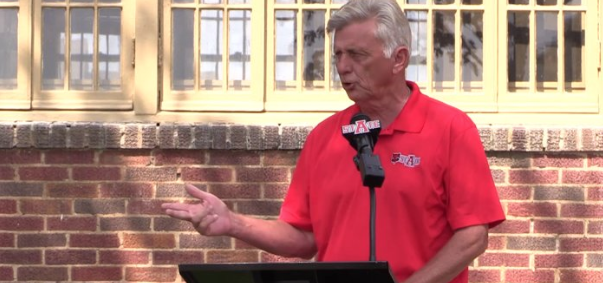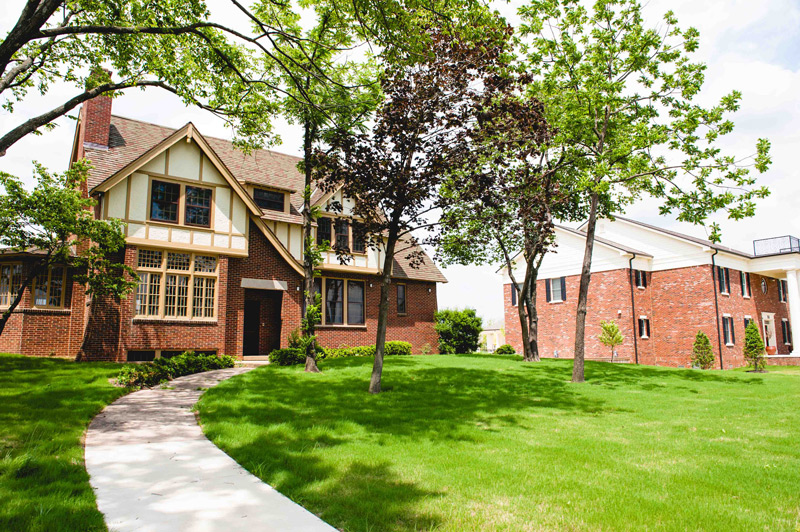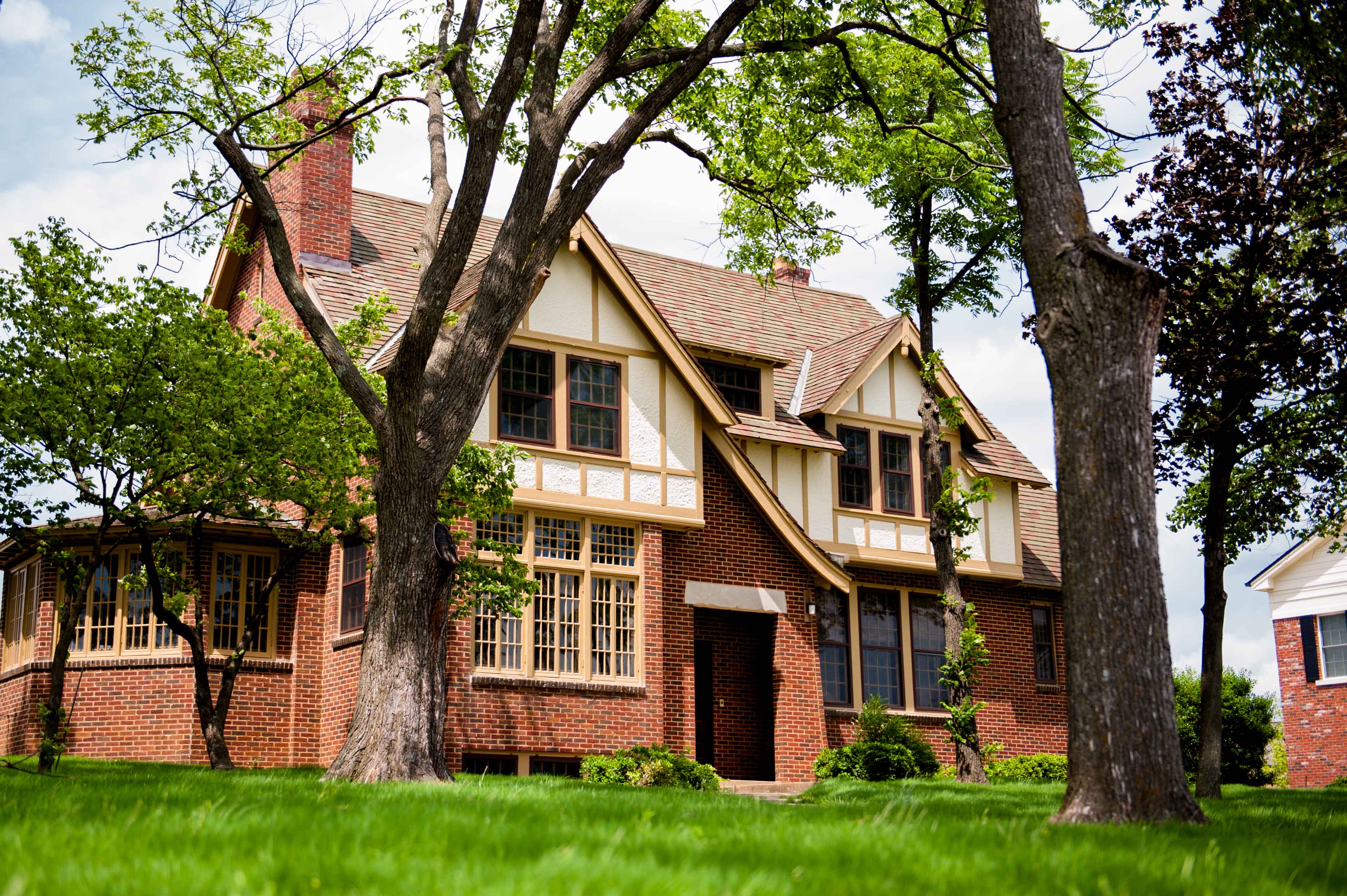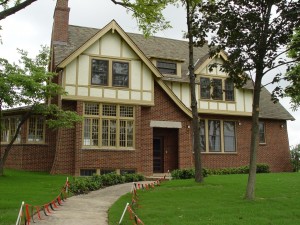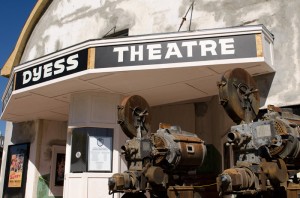Kays House Advocate Recognized
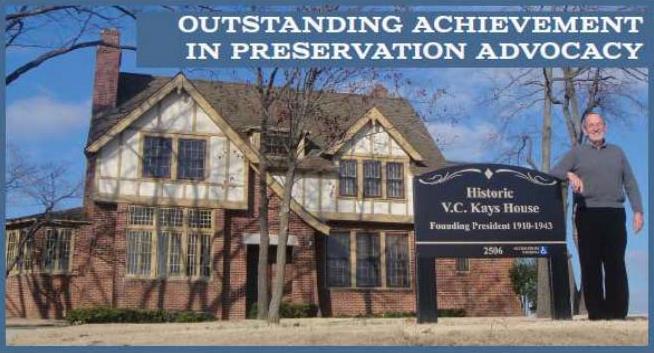 The successful effort to save the V. C. Kays House was recognized on January 9, 2015 at the annual Arkansas Preservation Awards sponsored by the Historic Preservation Alliance of Arkansas. The event honors the important work being done throughout Arkansas to preserve and protect places of historical or cultural importance.
The successful effort to save the V. C. Kays House was recognized on January 9, 2015 at the annual Arkansas Preservation Awards sponsored by the Historic Preservation Alliance of Arkansas. The event honors the important work being done throughout Arkansas to preserve and protect places of historical or cultural importance.
Dr. Scott Darwin, emeritus professor of German at A-State, received the Award for Outstanding Achievement in Preservation Advocacy for championing preservation of the 1936 home. Darwin gained media attention and built support for saving the house, which will be preserved for use by the Heritage Sites program and will house furnishings from Governor Mike Beebe’s former office.
A-State’s preservation leadership also was recognized through the Parker Westbrook Award for Lifetime Achievement presented to Dr. Ruth Hawkins, director of Arkansas Heritage Sites, for her work in preservation, tourism and education. She has been integral to preservation of many of the region’s and the state’s most significant landmarks.
The Historic Preservation Alliance of Arkansas is the only statewide non-profit organization dedicated to preserving Arkansas’s architectural and cultural heritage. For more information about the Alliance, or photos of the projects contact Vanessa at 501-372-4757, vmckuin@preservearkansas.org, or visit PreserveArkansas.org.

